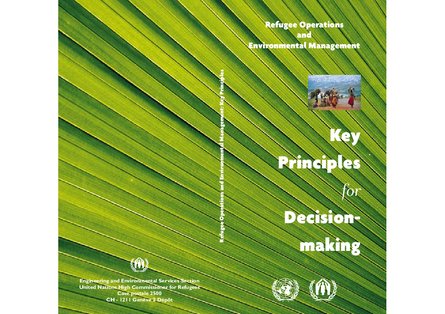
Refugee operations are often typified by the need to make quick decisions — decisions which if not based on the best available information, may risk jeopardising the lives and welfare of large numbers of people, both now and in the future. Camp sites must be found; shelters must be constructed; access routes may need to be built to enable delivery of food supplies and medication; people must be fed and provided with the basic needs for survival. Many, but by no means all, such decisions are in some way linked with the environment, either directly or indirectly. One of the most serious implications of environmental degradation for relief and humanitarian organisations is the fact that this might influence the decision of a given country to grant asylum to refugees. Another is that environmental degradation may jeopardise refugee’s livelihoods. UNHCR cannot afford for these to happen. It is therefore essential that appropriate actions are taken to prevent such a situation from arising. Decision-makers must have access to the best available information in order to formulate judgements and evaluate the impact of actions to be taken. In humanitarian relief operations, this is especially important given that the majority of managers dealing with refugee situations are generalists who cannot presume to have in-depth knowledge on specialised subject areas such as the environment.
